Polyurethane Spray Vs Brush
Polyurethane spray vs brush. Sometimes its better to use respirators while using polycrylic too. Spray on finish is quick easy and very versatile and in many ways it can do everything brush finishes can do in a very short time. When to use what.
You can just aim the sprayer at the surface and spray it on in a manner of seconds. In fact brush and roll finish projects will typically save you. When you use the spray polyurethane you do not have to worry about brush strokes or fibers from the brush being in the finish.
Many are water-based and provide crystal clear finishes. However it can be difficult to apply without brush marks and drips. A mixture of oils resins and solvents.
You can find both types of polyurethane in brush- and spray-friendly versions so ease of application is a tie. Unthinned when you need maximum protection. This may bring bubbles that may be on the brush.
Brushing will also get you a nice even coat if you have good technique but it takes skill and practice to lay on a nice even coat without runs. Drying and curing time. Spray on is thinned poly.
Not to mention the possibility of having irregular layers of paint too since polyurethane doesnt stick to itself as well as other finishes. This makes it really difficult to. Varnish and polyurethane dry slow and would brush fine.
This method is not always the most durable option spraying cabinet doors usually provides a more durable even-looking finish but recommended for smaller cabinet projects as its the most cost effective option. The major advantage of this method is that it is quite a bit faster than brushing it on by hand.
You do have to worry about applying the polyurethane so that it is in thin coats that dry quickly and so that you do not see obvious start and stop lines.
When you use the spray polyurethane you do not have to worry about brush strokes or fibers from the brush being in the finish. Often it is best to use brush-on poly for exposed flat surfaces that will see significant wear and tear such as table tops. Table tops floors or anything that is going to get a lot of use and abuse. Spray on finish is quick easy and very versatile and in many ways it can do everything brush finishes can do in a very short time. You do have to worry about applying the polyurethane so that it is in thin coats that dry quickly and so that you do not see obvious start and stop lines. Preferred method of application. A mixture of oils resins and solvents. To avoid brush marks make sure to use a high-quality and fine bristle brush make sure to only apply the Polycrylic in a single direction and always go with the grain of the wood. Varnish and polyurethane dry slow and would brush fine.
All are common flaws when polyurethane is applied incor. You can find both types of polyurethane in brush- and spray-friendly versions so ease of application is a tie. Preferred method of application. Opposite to that brush-on polyurethane means water-based formulations. Table tops floors or anything that is going to get a lot of use and abuse. When they both are converted to aerosol forms to be sprayed from cans are known as Spray polyurethane. In this video I outline three methods for fixing polyurethane bubbles puddles runs and brush marks.

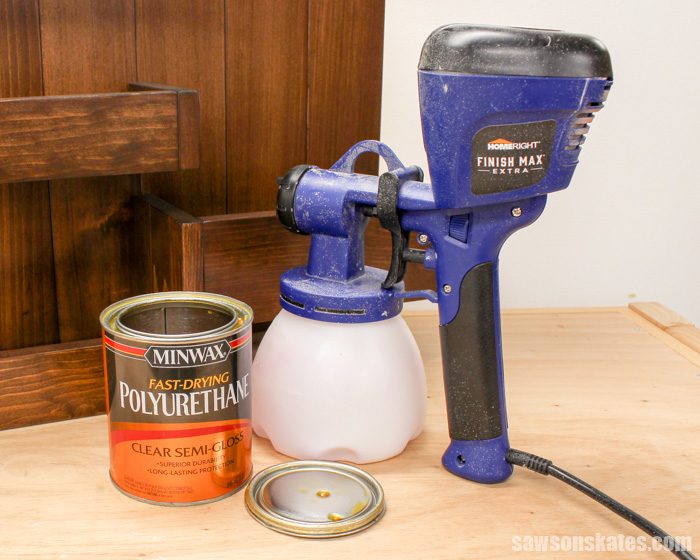
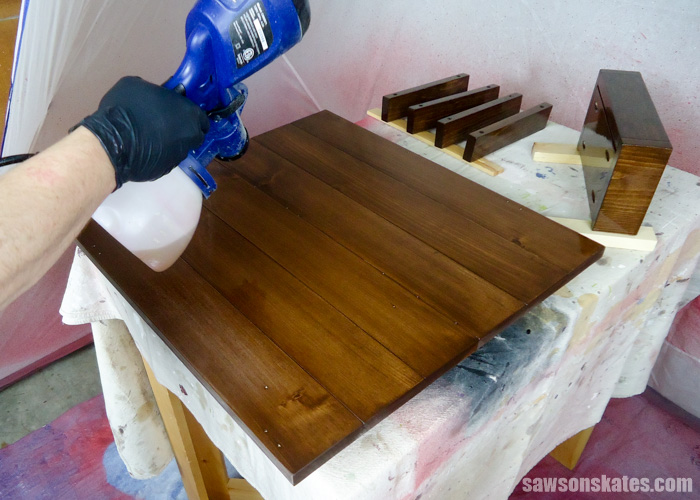



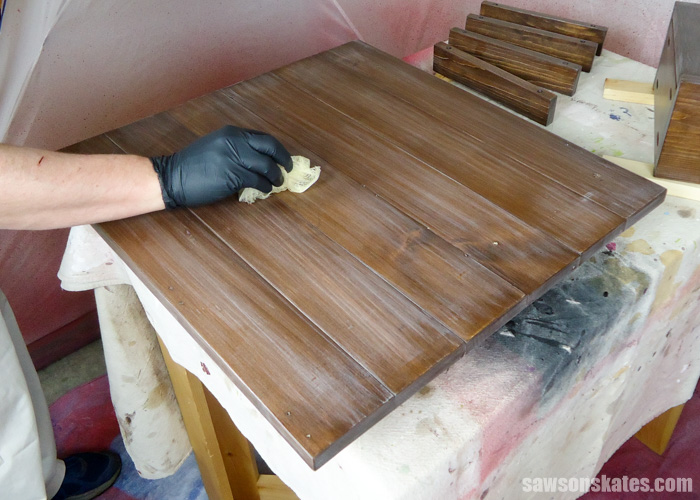
/cdn.vox-cdn.com/uploads/chorus_asset/file/19511219/03_clear_finishes.jpg)

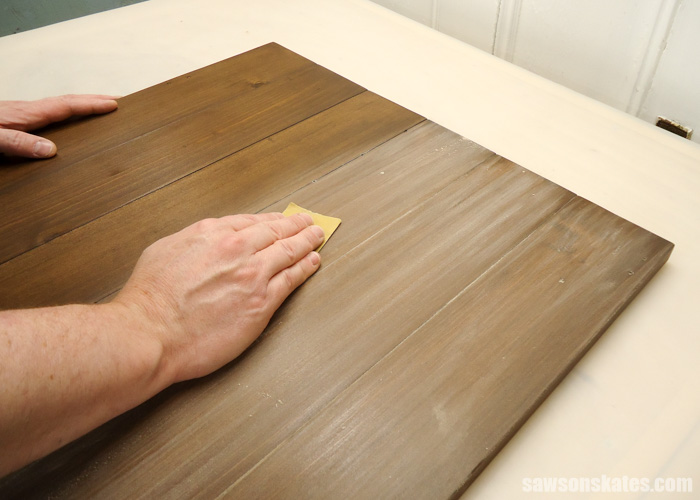
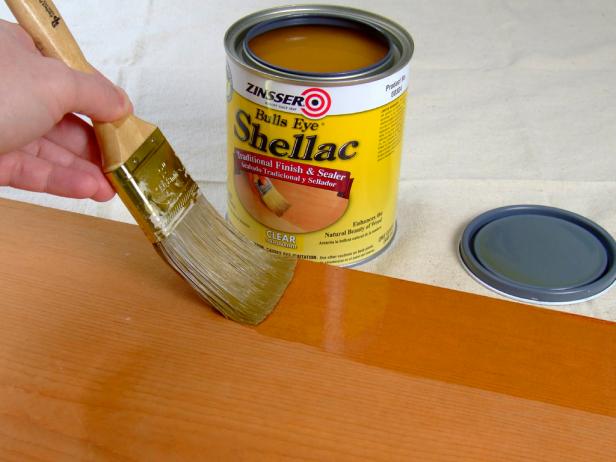


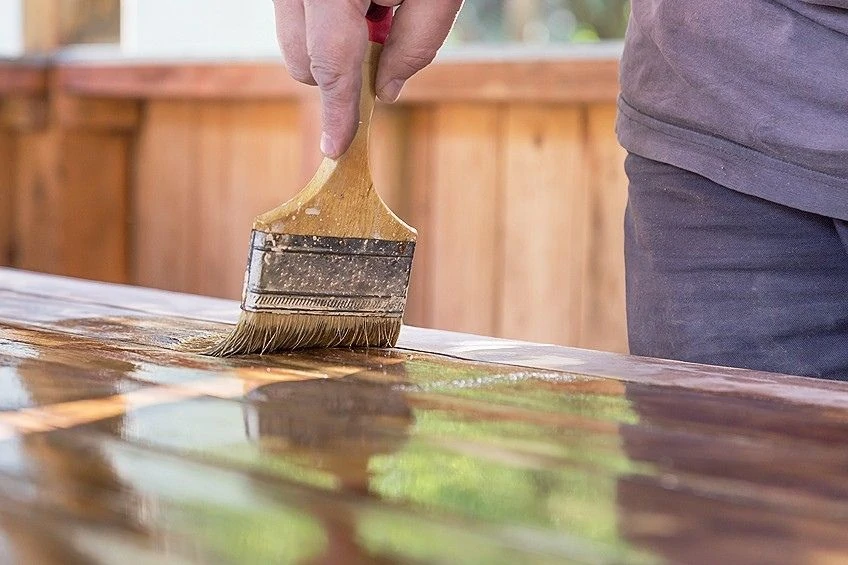




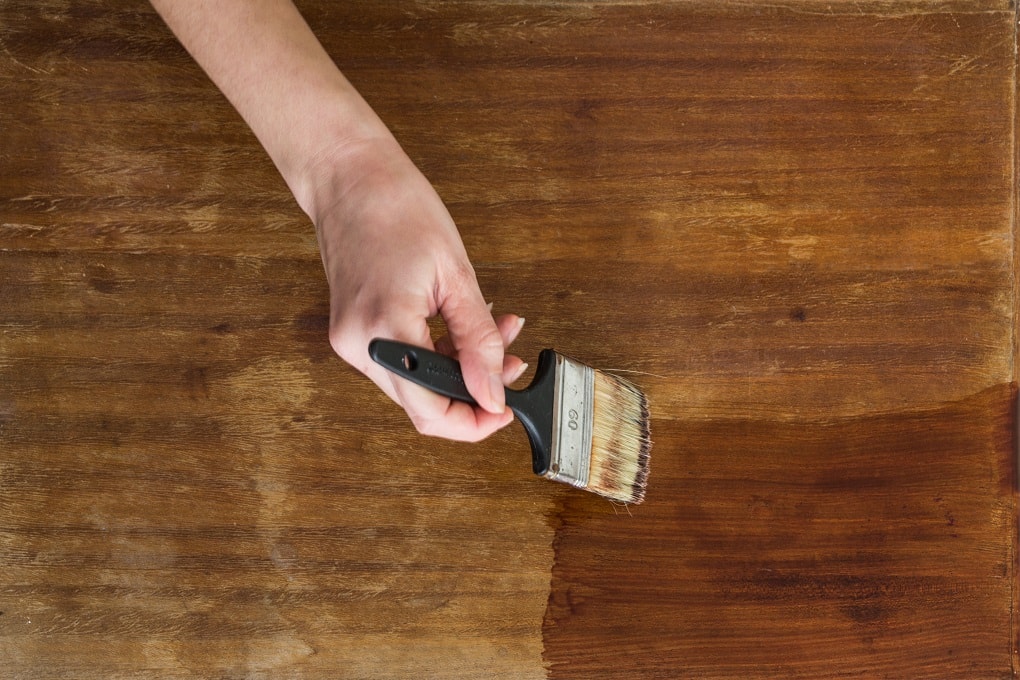


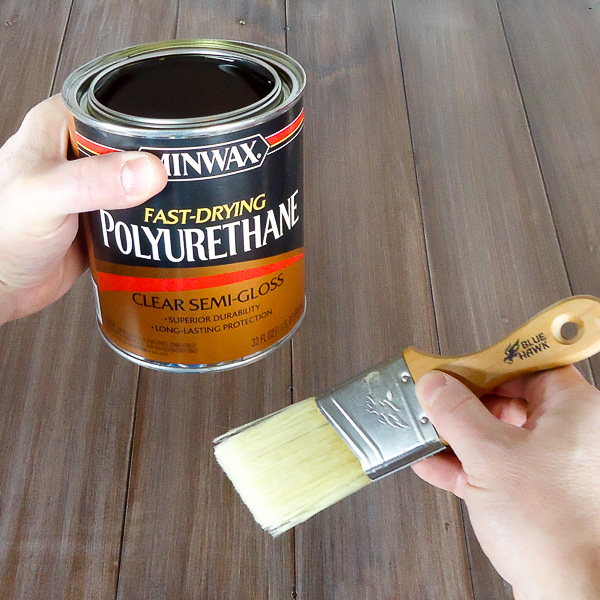


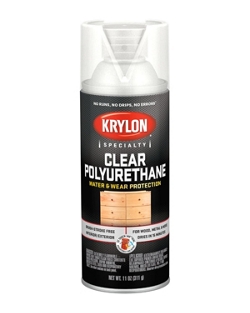
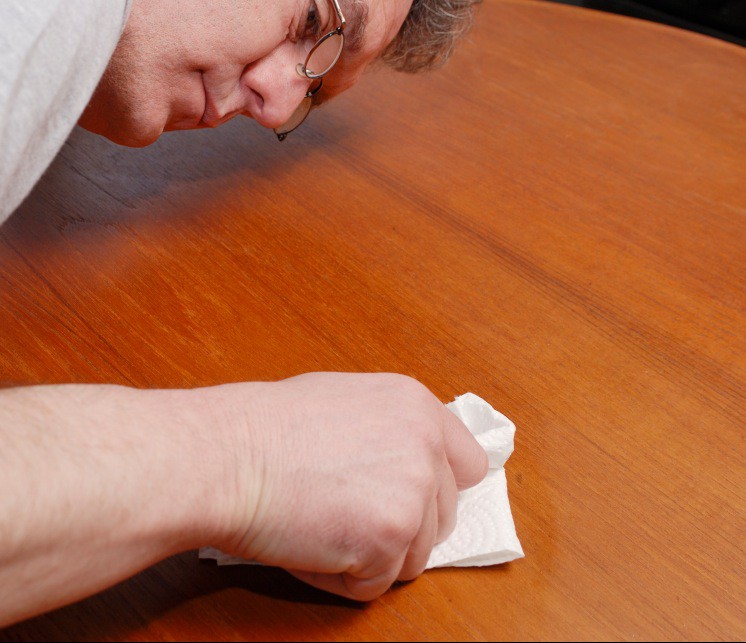

/cdn.vox-cdn.com/uploads/chorus_asset/file/22175800/iStock_183771871.jpg)
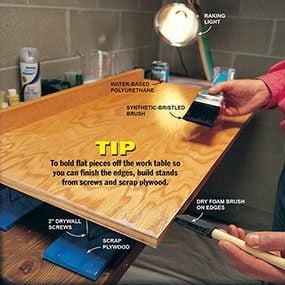
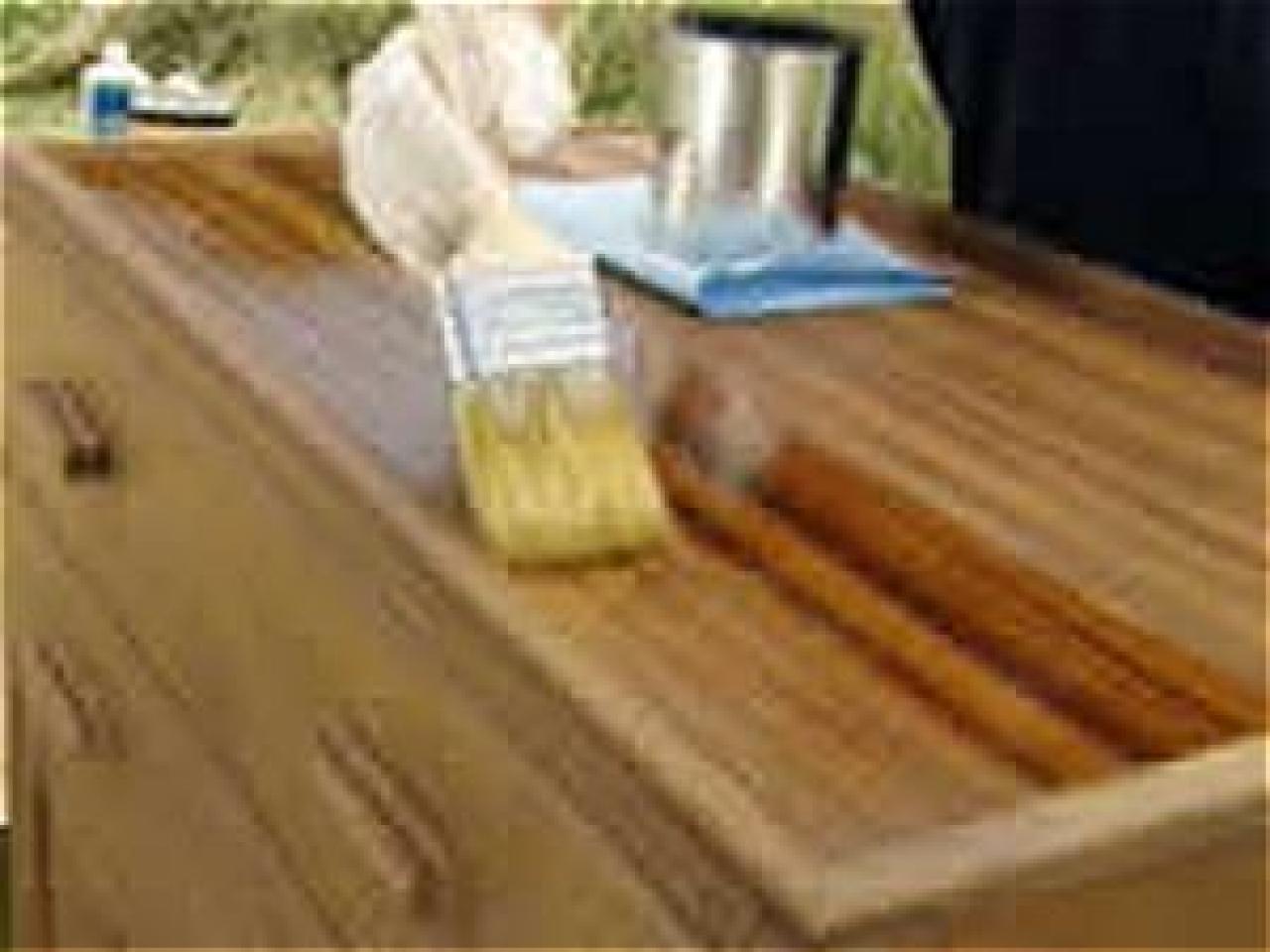




:max_bytes(150000):strip_icc()/how-to-apply-a-lacquer-finish-3536491-finalv2-ct-1cd4cc76c7b54bc186ce8d41c1fe0e13.png)
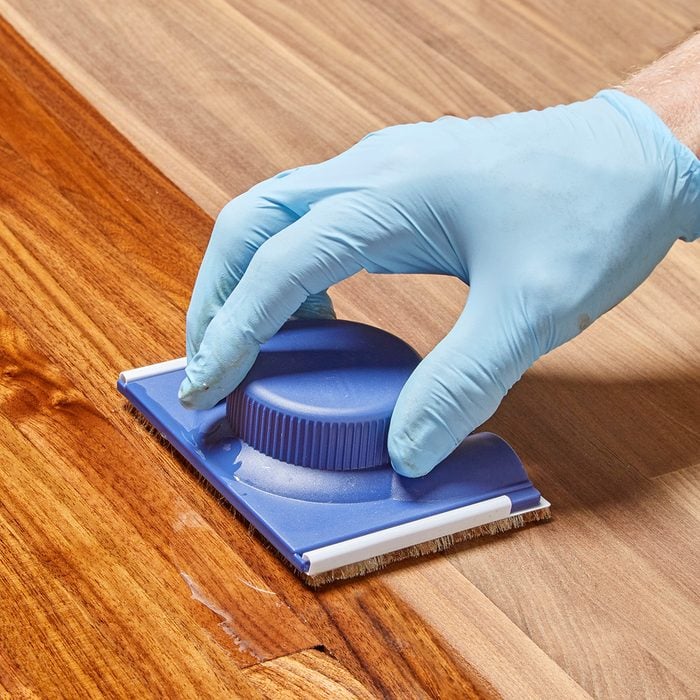
:max_bytes(150000):strip_icc()/Applying-polyurethane-for-durable-beautiful-finish-3536497_V4-2ee979daa6974ea19e828b57107582c4.png)
/cdn.vox-cdn.com/uploads/chorus_asset/file/19511285/06_clear_finishes.jpg)

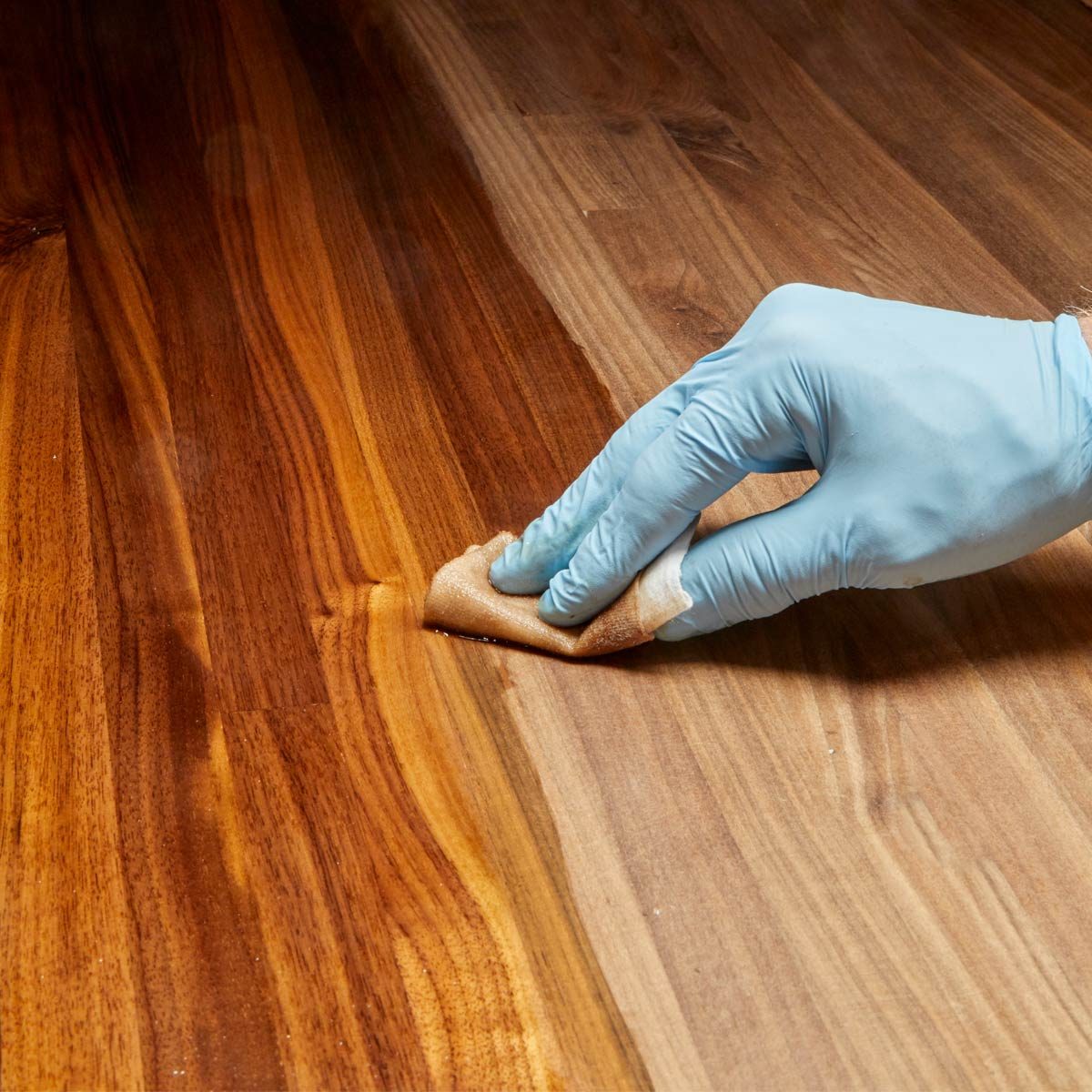
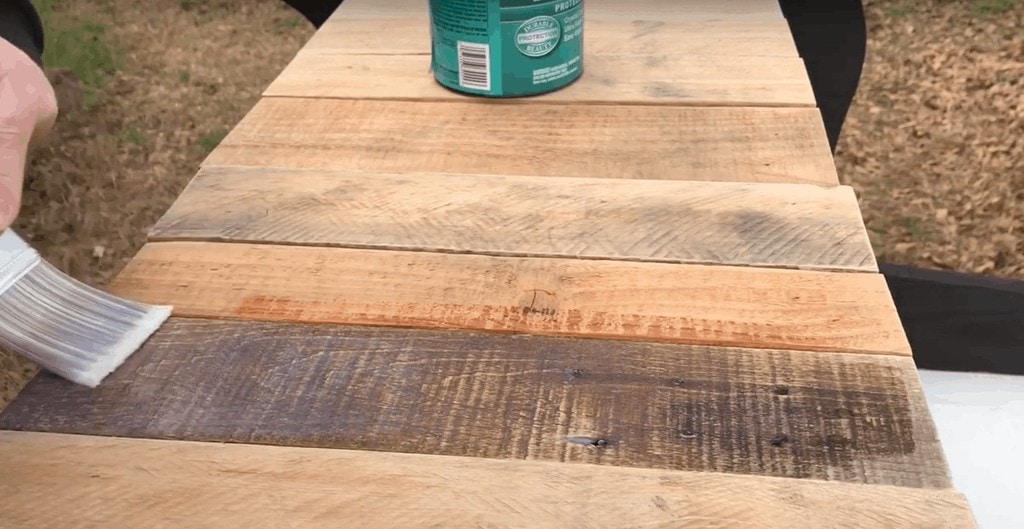

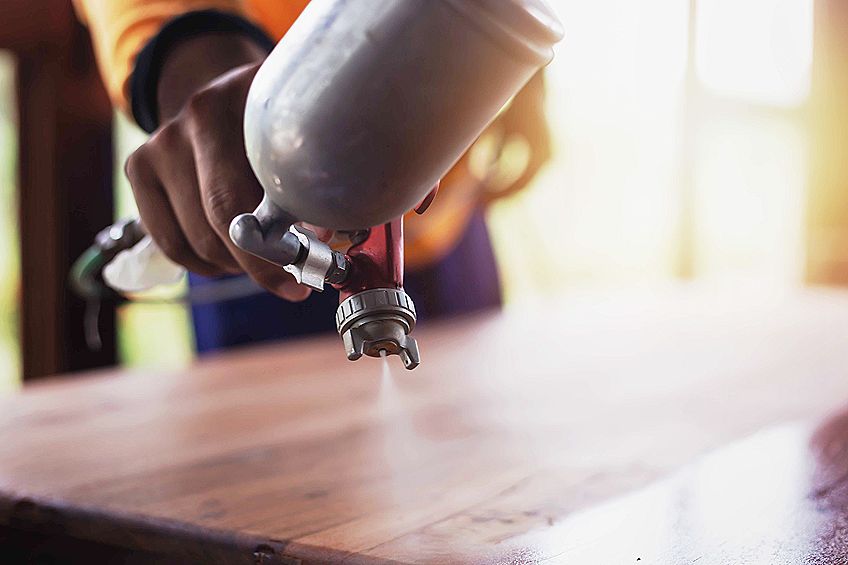


Post a Comment for "Polyurethane Spray Vs Brush"